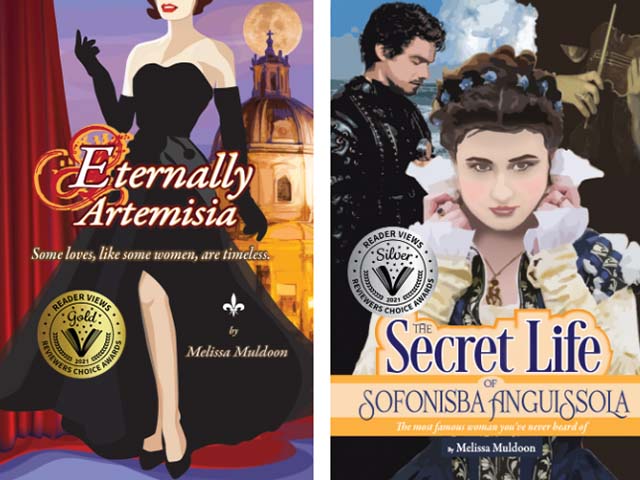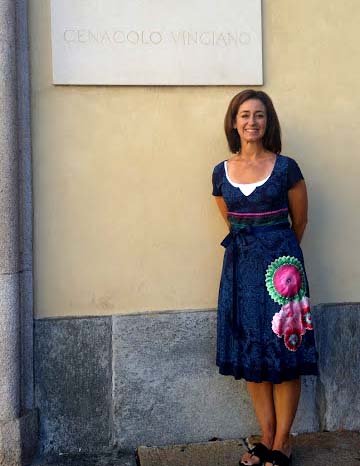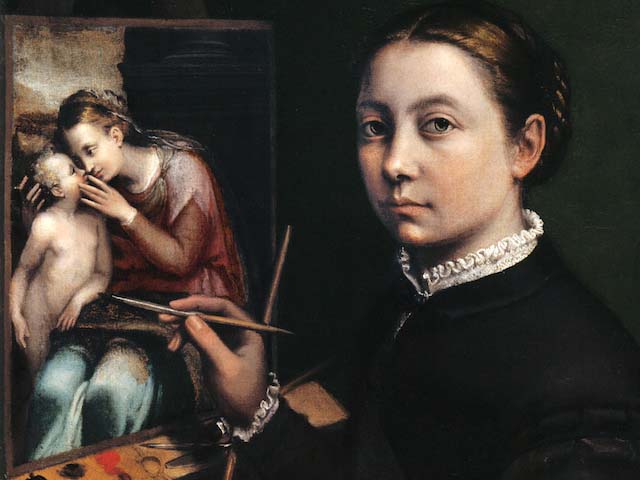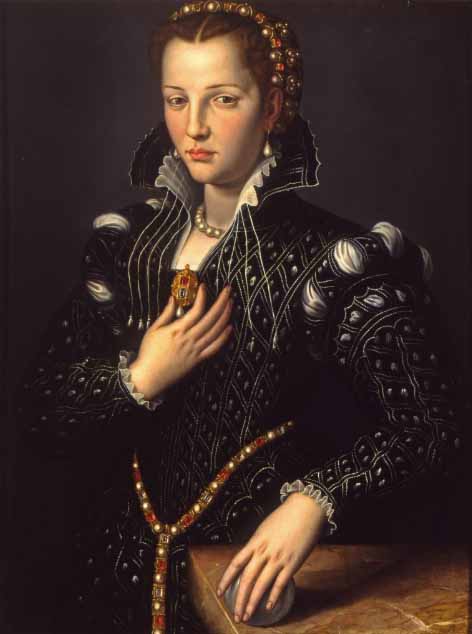
Florentine Mannerism and the Legacy of a Late Renaissance Master
Alessandro Allori — The Drama (or crisis) of Mannerism
Let’s set the scene: Florence, 16th century. The golden age of the Renaissance is beginning to soften at the edges. The calm balance of Raphael, the divine geometry of Leonardo, and the ideal forms of Michelangelo have run their course. Artists are getting restless — reaching for more drama, more elegance, more oomph.
It’s the dawn of Mannerism: a stylish, theatrical evolution of the Renaissance that favors elongated limbs, twisted poses, impossible grace, and a flair for the fabulous. But beneath the dazzling surface? There’s a bit of an identity crisis happening in the art world.
After Michelangelo, where do you even go? He’d already sculpted divine perfection into marble, painted the Sistine ceiling into the heavens — the Renaissance ideal had peaked. So instead of trying to beat Michelangelo, Mannerist artists started to riff off him. They mimicked his muscular figures and complex compositions — but dialed everything up to eleven: figures twisted like pretzels, colors that clashed beautifully, gestures full of tension and elegance.
Mannerism evolved to be not of nature, but of style. Not always about clarity, but about cleverness, sophistication, and sometimes… a touch of artistic anxiety. You can feel the sense of “How do we follow that?” in every flamboyant flick of the brush.
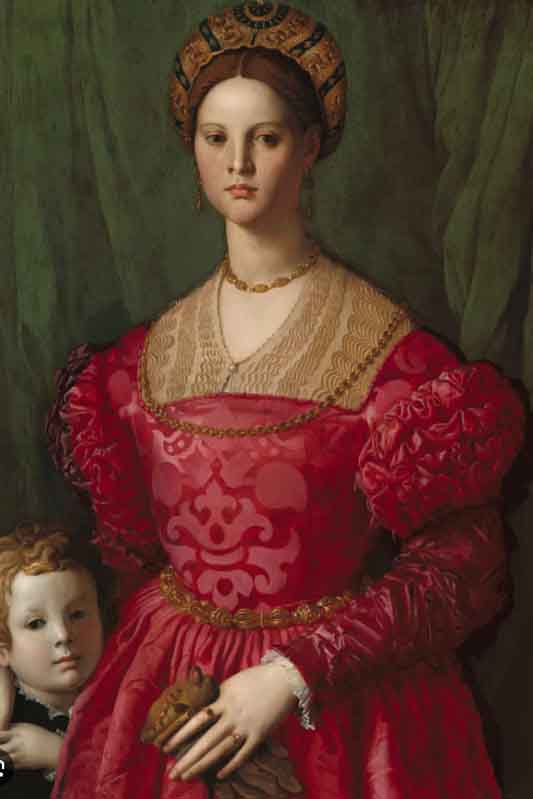
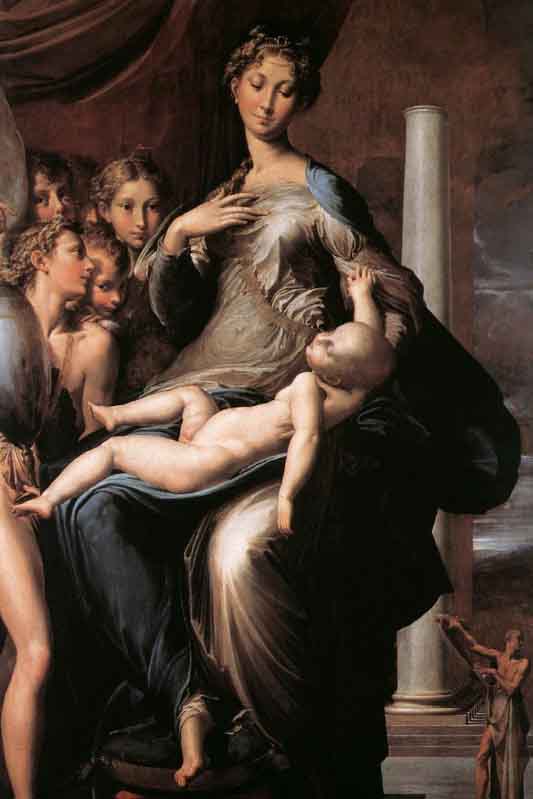
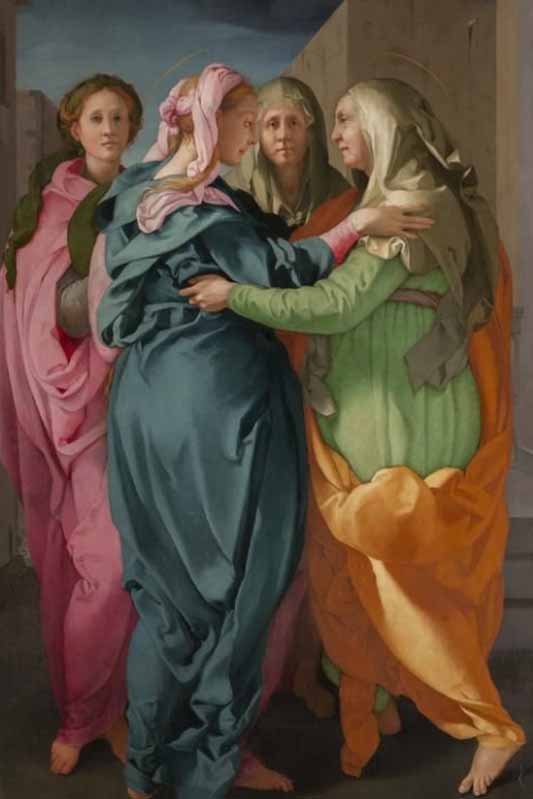
Left: Bronzino—Portrait of Lucrezia Middle: Parmigianino—La Madonna & child. Right: Pontormo—Visitation
Alessandro Allori Protégé of Bronzino, the Medici Court Painter
Enter Alessandro Allori (1535–1607), a true child of this stylistic shift — and quite literally the artistic figlioccio (godson-slash-protégé) of Agnolo Bronzino, one of Florence’s most elegant Mannerists. After the early death of his father, Allori was taken in by Bronzino and raised in the master’s studio — steeped in pigment, polish, and poise from day one.
In many ways, Allori was the last great brushstroke of the Florentine Mannerist tradition. While the art world around him edged toward the raw emotion and realism of the Baroque, Allori remained loyal to the refined, cultivated coolness of Mannerism — adding his own theatrical twists and sensual flair. His style paid homage not only to his adoptive father Bronzino, but also to fellow Mannerist heavyweights like Jacopo Pontormo, with his ghostly color palette and emotionally charged figures, and Parmigianino, whose famous Madonna with the Long Neck stretched elegance to surreal proportions. Allori, like them, embraced exaggeration and idealization — not to distort beauty, but to elevate it into something ethereal and otherworldly.
Alessandro Allori Portraits of Medici Women
Allori’s Painted Ladies
While Alessandro Allori painted many elegant women, his personal life was remarkably quiet—no known muse, no romantic scandals, just a lifelong dedication to his art. But one woman appears again and again in his work: Susanna, the central figure in the biblical story Susanna and the Elders. Allori returned to this subject multiple times throughout his career, clearly captivated by its dramatic and emotional complexity. The tale, drawn from an apocryphal addition to the Book of Daniel, tells of a virtuous woman accosted by two elders while bathing in her garden.
In Allori’s hands, the moment becomes a powerful tableau of innocence under threat: Susanna’s beauty rendered with idealized grace, her distress evident in her expression and the elegant tension of her gestures. With his characteristic Mannerist flair—elongated forms, rich textures, and theatrical composition—Allori captures both vulnerability and strength. These paintings stand out not only for their technical precision but also for their psychological depth, revealing an artist attuned to both the style of his time and the emotional resonance of his subjects.
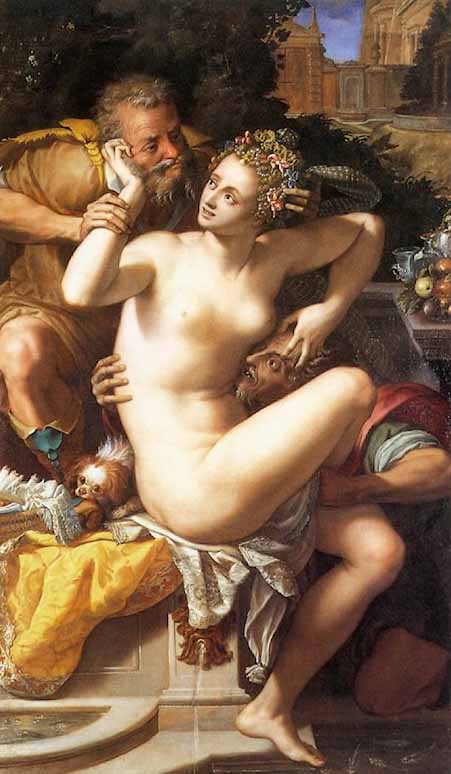
But wait — there’s more Mannerist intrigue! A Portrait’s Secret Identity
One particular portrait attributed to Allori carries a story as layered as the paint on its surface. For years, a striking depiction of a richly adorned woman hung in the Saint Louis Art Museum, labeled “Portrait of a Medici Princess” and attributed to Agnolo Bronzino, Allori’s famous mentor. The style matched: poised elegance, icy refinement, and an impeccable sense of aristocratic drama. But when the museum began a conservation and research initiative, things got interesting.
Cue the art-world detective work: infrared imaging, ultraviolet light, X-rays, and a meticulous cleaning that removed layers of darkened varnish. What conservators found beneath the surface shifted the painting’s identity. The refined details, and underdrawing techniques pointed not to Bronzino himself, but to Alessandro Allori. Scholars confirmed the reattribution, noting how closely Allori’s early style echoed his mentor’s, while also recognizing his unique touch.

But the intrigue didn’t stop there. During conservation, restorers uncovered evidence of pentimenti — visible changes made by the artist during the painting process. These are like ghostly traces of a painter’s indecision or evolving vision, and they revealed that the sitter’s right hand had originally been placed differently. Allori had reworked it to hold a newly added element: a large, square-jeweled pendant, opulent and impossible to ignore.
This clue led to another discovery: the true identity of the sitter. She wasn’t a generic Medici noblewoman — she was Camilla Martelli, the former mistress and later second wife of Cosimo I de’ Medici. Known for her beauty and extravagant lifestyle, Camilla was not universally beloved at court. After Cosimo’s death, she was swiftly sent to a convent by her disapproving stepson, Francesco I. But here, in Allori’s portrait, she’s immortalized in all her jeweled splendor — a visual assertion of wealth, power, and perhaps a hint of defiance.
This single painting, long misattributed and misunderstood, not only gives us a deeper look into Allori’s technique and creative decisions but also offers a window into Medici politics, personal ambition, and the art of image-making in 16th-century Florence.
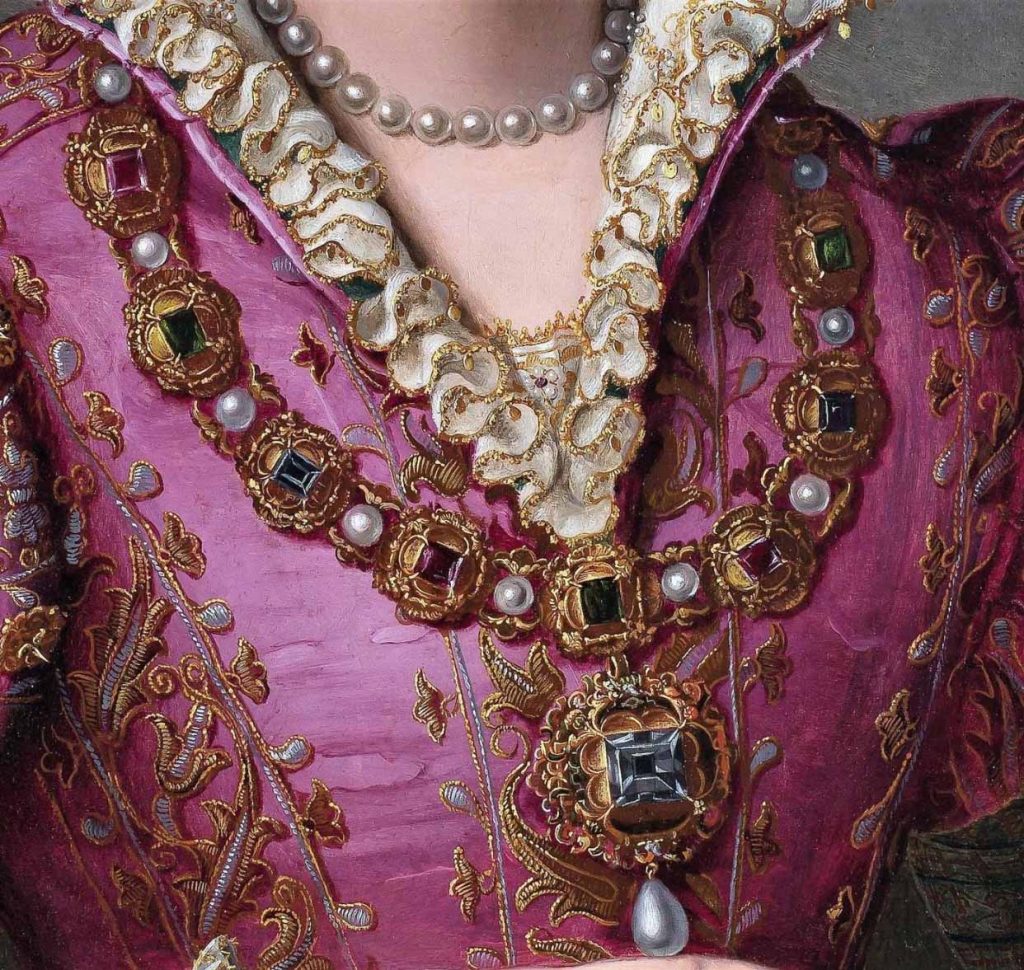
Allori’s Legacy: Drama in Every Detail
So while Alessandro Allori may not have had a romantic muse to whisper sonnets to, he certainly had his ladies — on canvas. Painted, posed, and polished to perfection, they were his muses in pigment and gold leaf, adorned with jewels, draped in velvet, and forever caught in moments of drama, devotion, or danger.
In the end, Allori stands as one of the final, shimmering echoes of Florence’s golden Mannerist age — a devoted student of Bronzino, a master of elegance and exaggeration, and a painter who transformed mythology, morality, and Medici intrigue into visual poetry. With every twist of a wrist and gleam of satin, he turned silk and scandal into high art, leaving behind a legacy as refined and theatrical as the age he helped define.







